Recently, there was a great discussion on Aussie Finch Forum regarding the current status of various rare finch species in Australian aviculture. While many have died out entirely over the years, a few are holding on by a thread in the aviaires of specialist (and oftentimes secretive) finch breeder.
Australia does not allow importation of birds from other countries, so once these species disappear from our aviaries, they’re ostensibly gone forever.
Green Avadavat (Amandava formosa)
A small yellow and green finch from India that’s closely related to the increasingly-hard-to-acquire Red Strawberry Finch. The Green Avadavat’s numbers in Australia have dropped considerably in the last few decades and only a small number exist in a handful of collections.
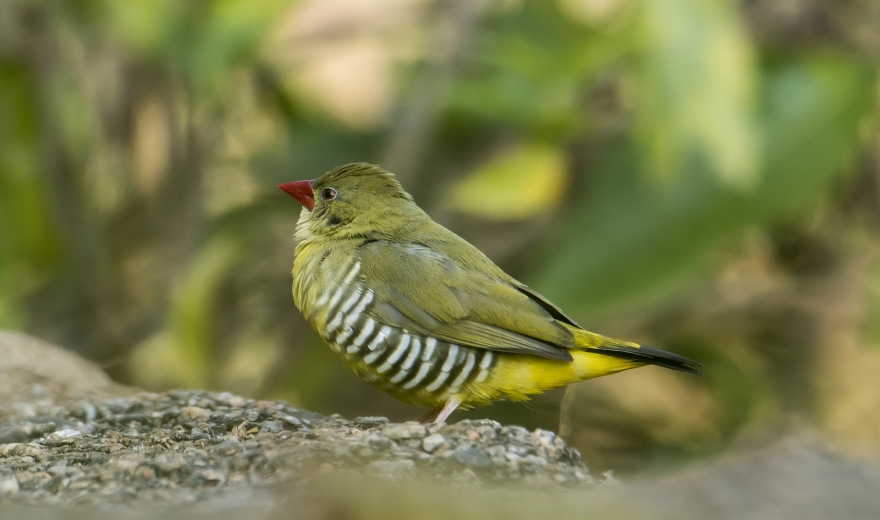
Aberdeen Finch (Amadina erythrocephala)
The Aberdeen finch is a African species that’s closely related to the more-common Cut-throat Finch. Due to a small initial gene pool, and hybridization with cut-throats, the Aberdeen finch has slowly disappeared in Australian aviaries. There’s still some around, but they’re definitely trending downwards.
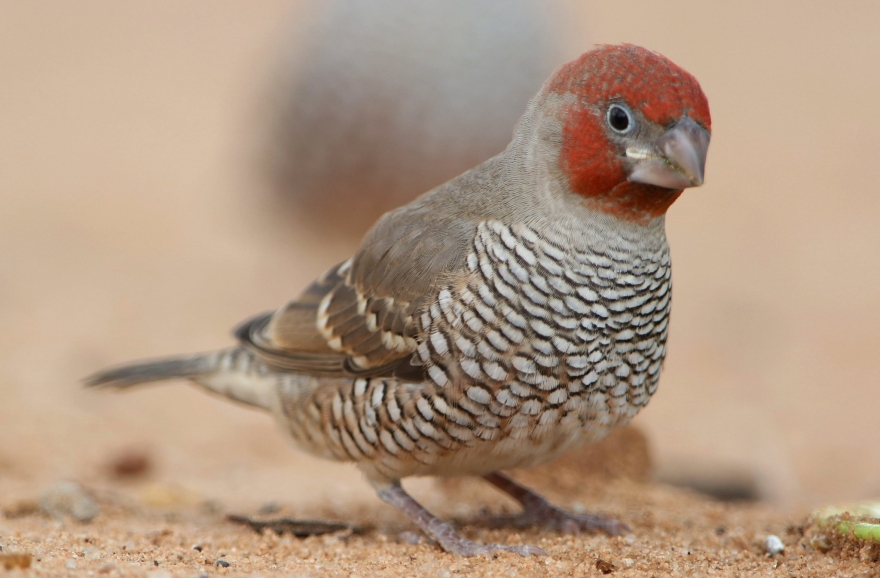
Violet-eared Waxbill (Uraeginthus granatinus)
Violet-eared waxbills are a striking African finch that’s closely related to the more-common cordon bleu waxbill. They’re held in reasonable numbers by a small group of breeders. These aren’t a bird you’re likely to find on Gumtree, but they are around if you know the right people and are willing to pay the right price.
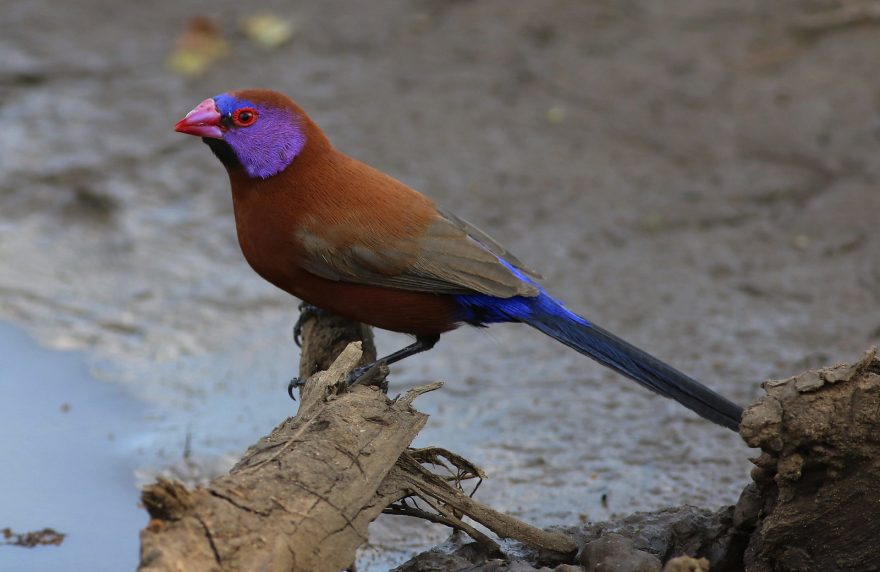
Peters’s twinspot (Hypargos niveoguttatus)
Peters’ twinspots are a common finch found throughout sub-saharan African. They’re much less common in Australia though, held only by a limited number of dedicated breeders. They’re one of the few finches on this list that are currently seeing an increase in availability; but don’t expect to be able find them easily or cheaply.
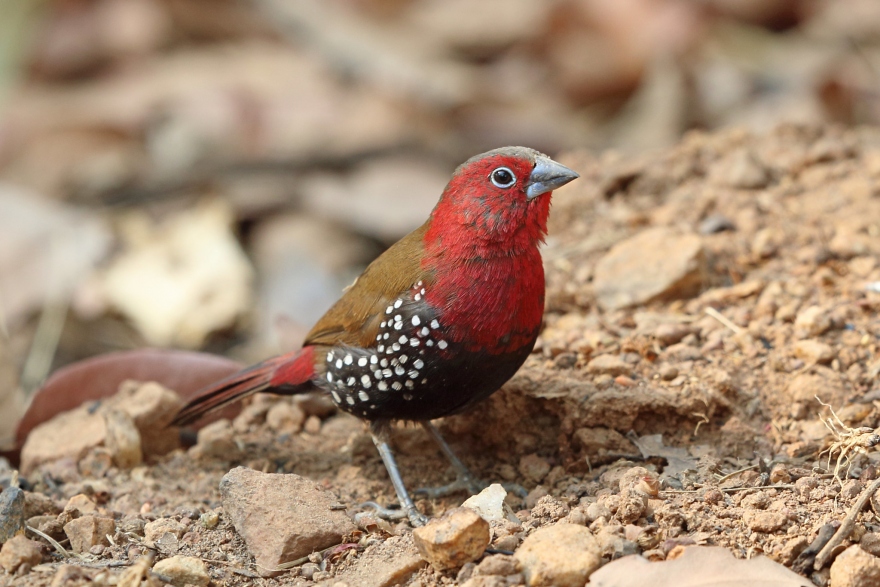
Orange-cheeked waxbill (Estrilda melpoda)
Another African species! The orange-cheeked waxbills are from the grasslands found on the western parts of the African continent, where they live in large flocks of up to 30 birds. They’re rare in Australian aviaries, but perhaps not as rare as some of the other species on this list.
Unless you’re a very experienced finch keeper, you probably shouldn’t attempt to keep orange-cheeked waxbills. The gene pool is very limited and there’s a very real possibility of them disappearing if we’re not careful. A pair of these charming little birds will set you back a couple of thousand dollars.
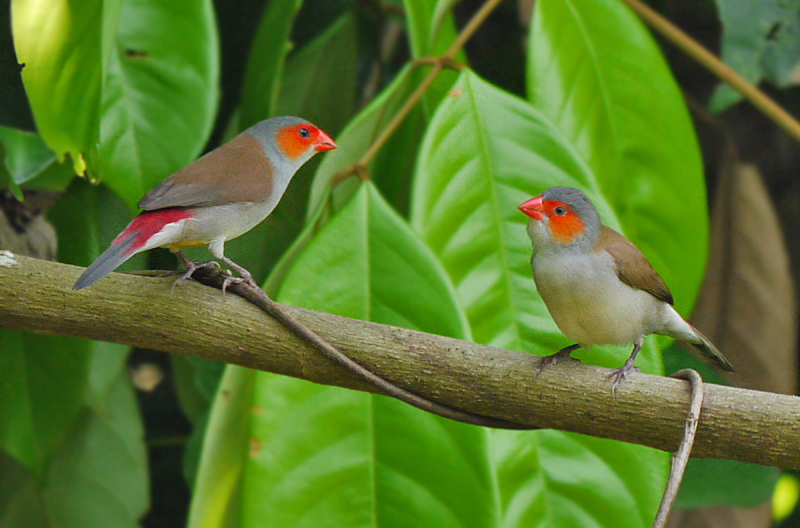
Purple Grenadier Waxbill (Uraeginthus ianthinogaster)
The purple grenadier waxbillpurple grenadier waxbill is closely related and similar in rarity to the previously mentioned violet-eared waxbill. Purple grenadiers are notoriously difficult to breed, which explains why they’re so much rarer than the other birds in the cordon finch family.
Nevertheless, a handful of dedicated breeders have kept this species going over the years. Like the violet-eared waxbill’s; purple grenadiers are difficult to find and expensive to buy, but they’re definitely still around.
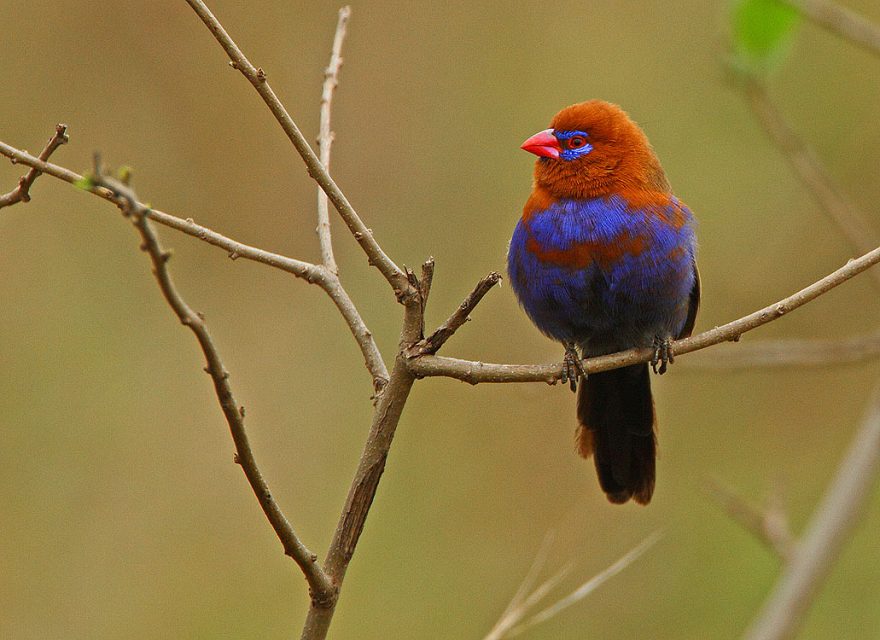
Don’t be a ‘stamp collector’. Rare foreign finches have very limited genetic diversity in Australia aviculture. Just because you can afford to buy rare finches doesn’t mean you should have them in your collection. Leave them to the experienced breeders who have the best chance of successfully breeding them, so that they can be preserved and enjoyed for years to come.
Can someone tell me why Finches are called waxbills please?